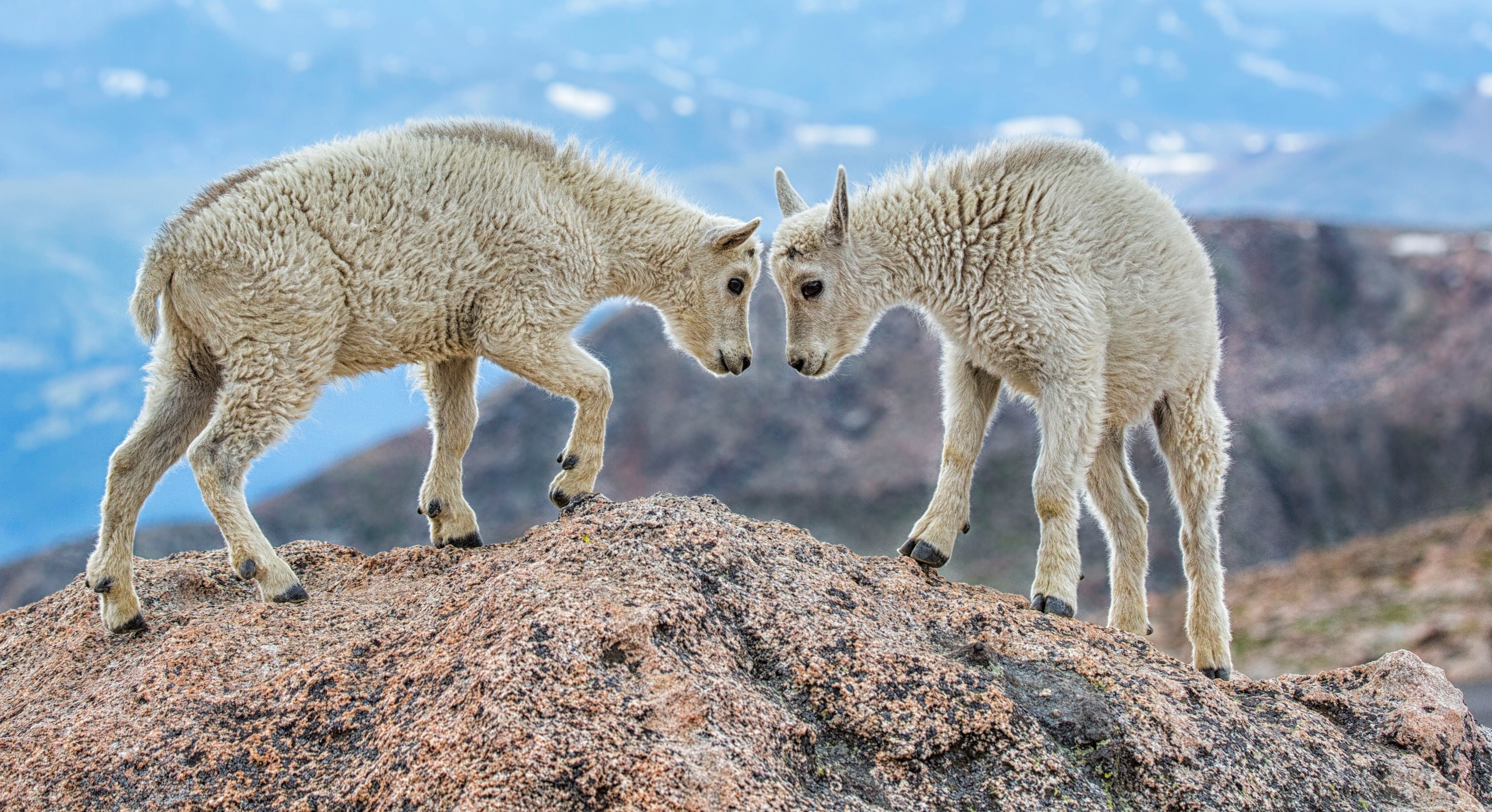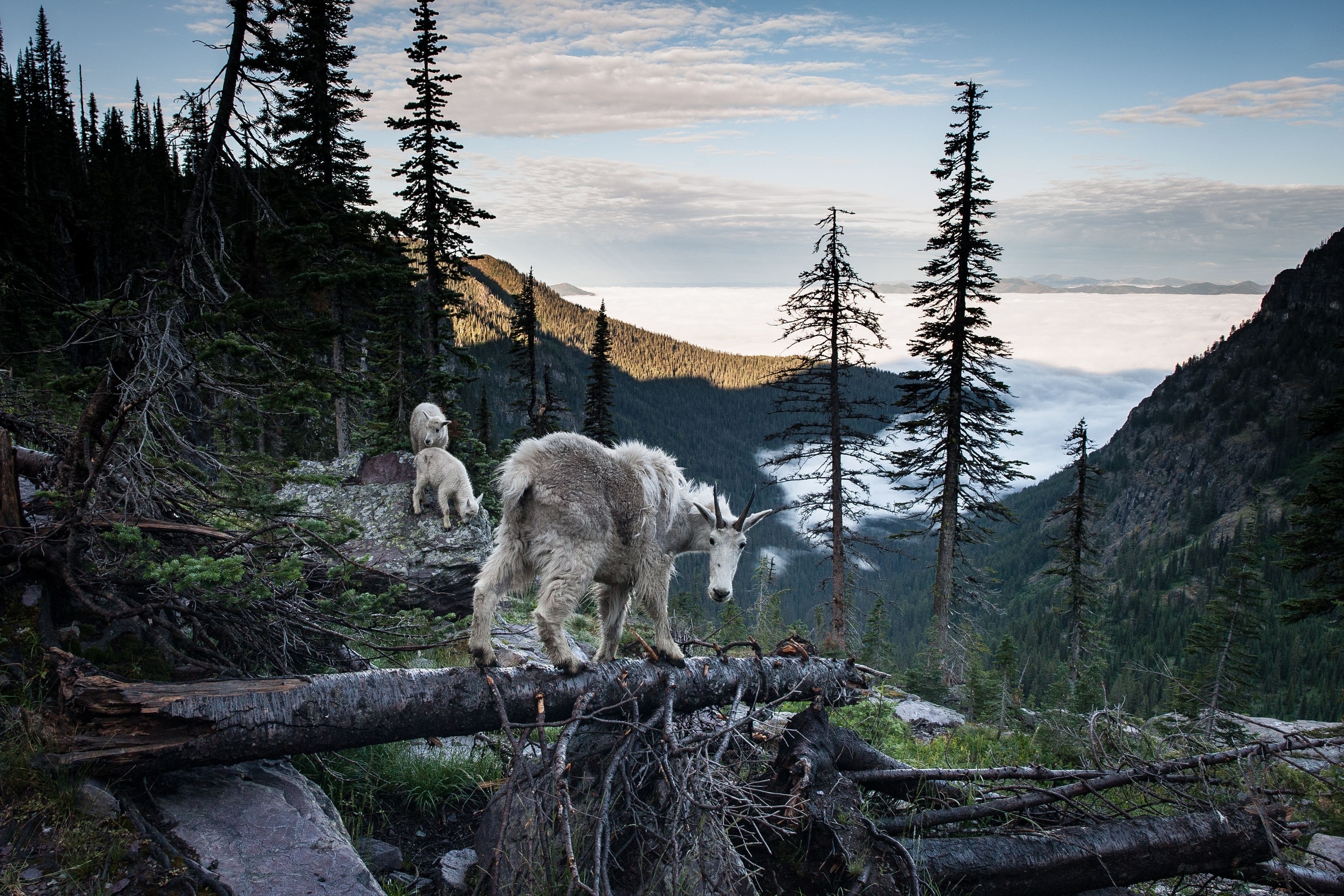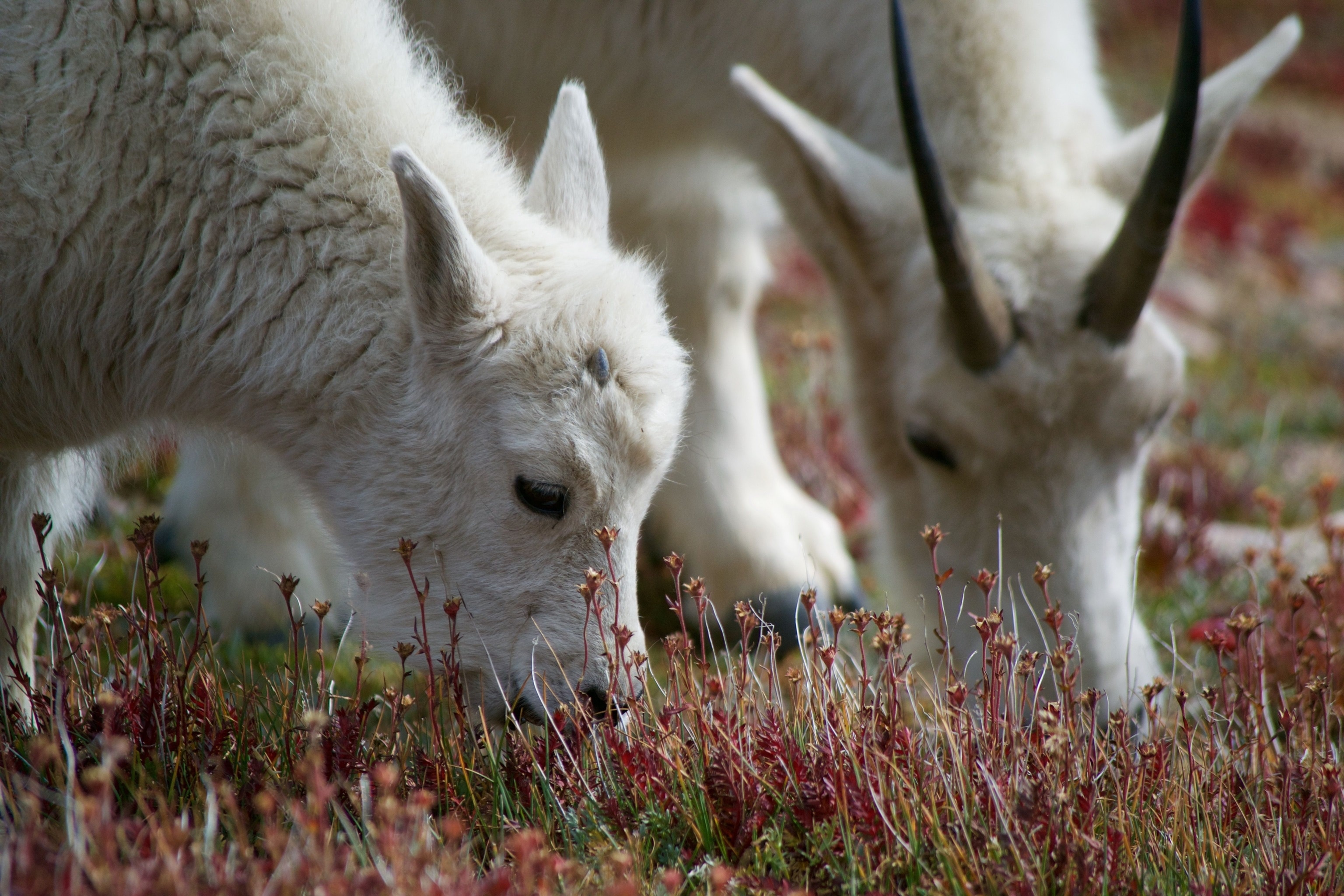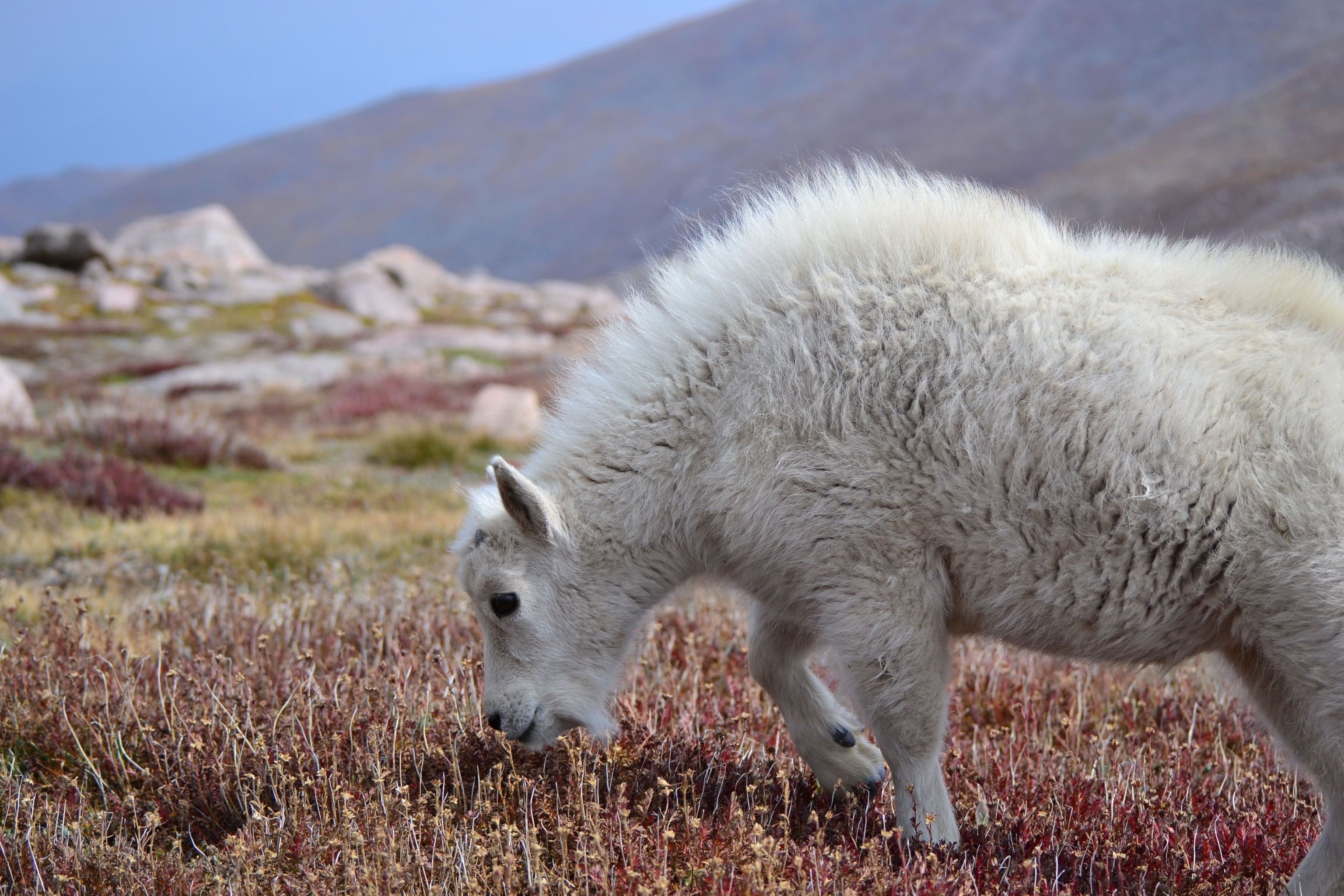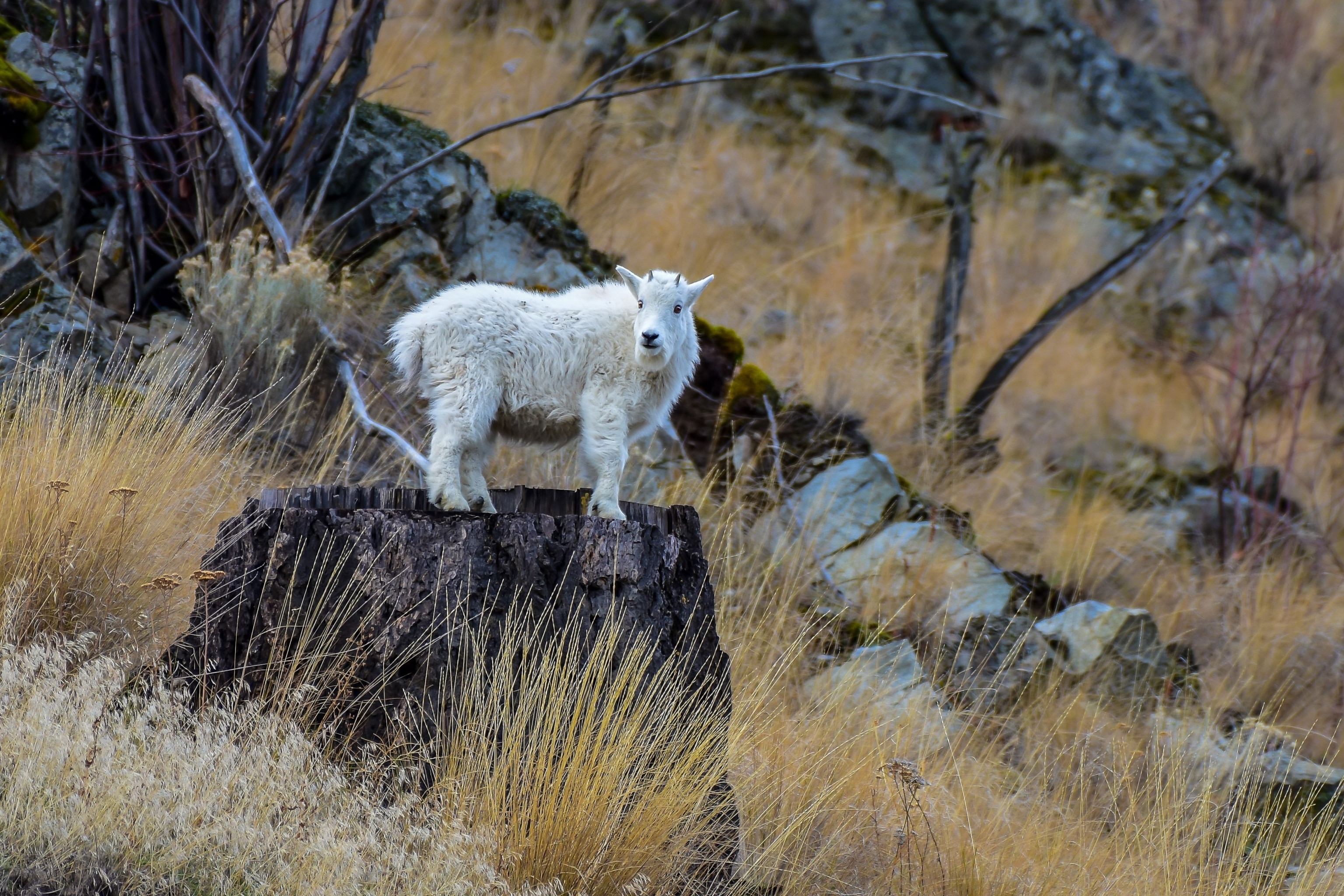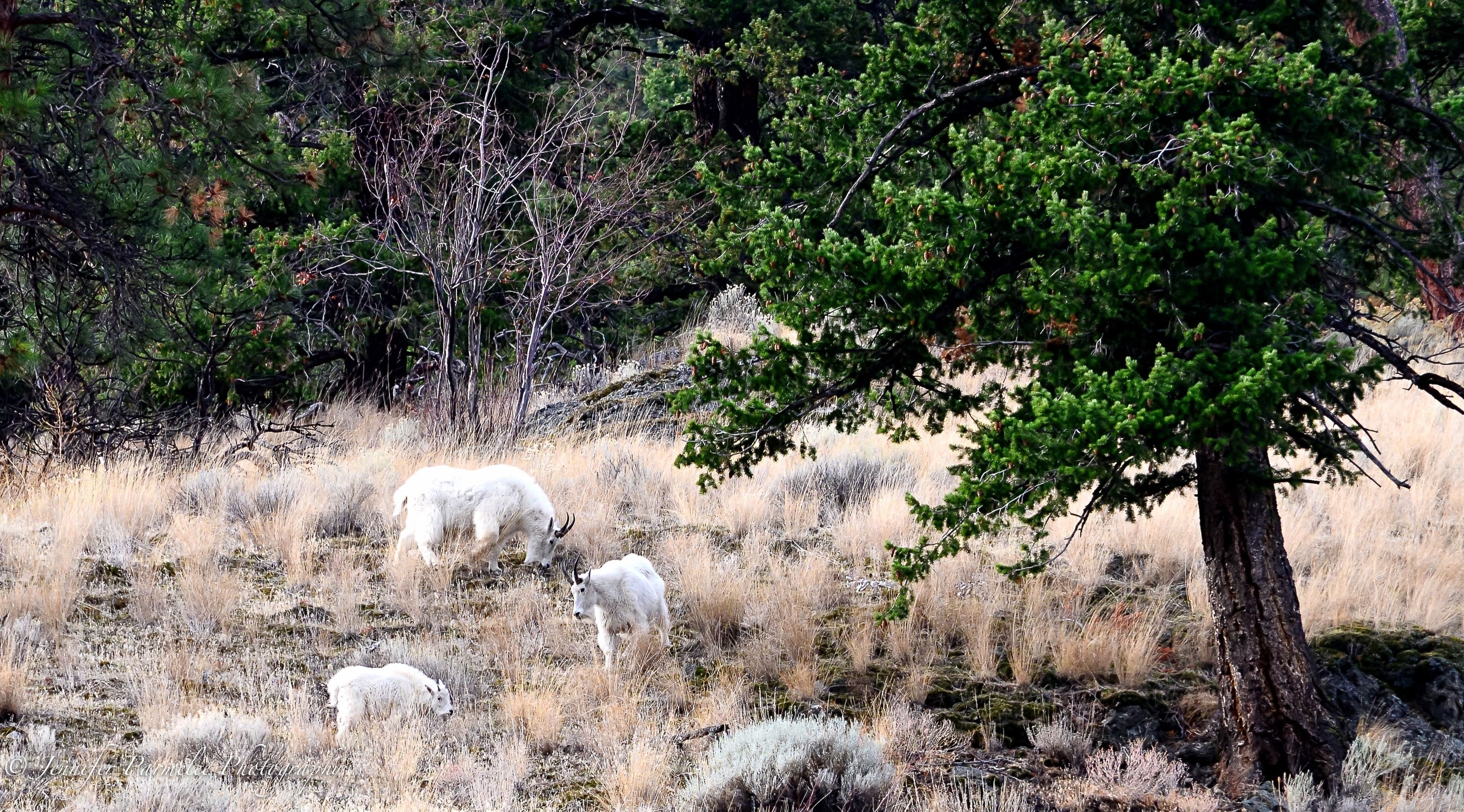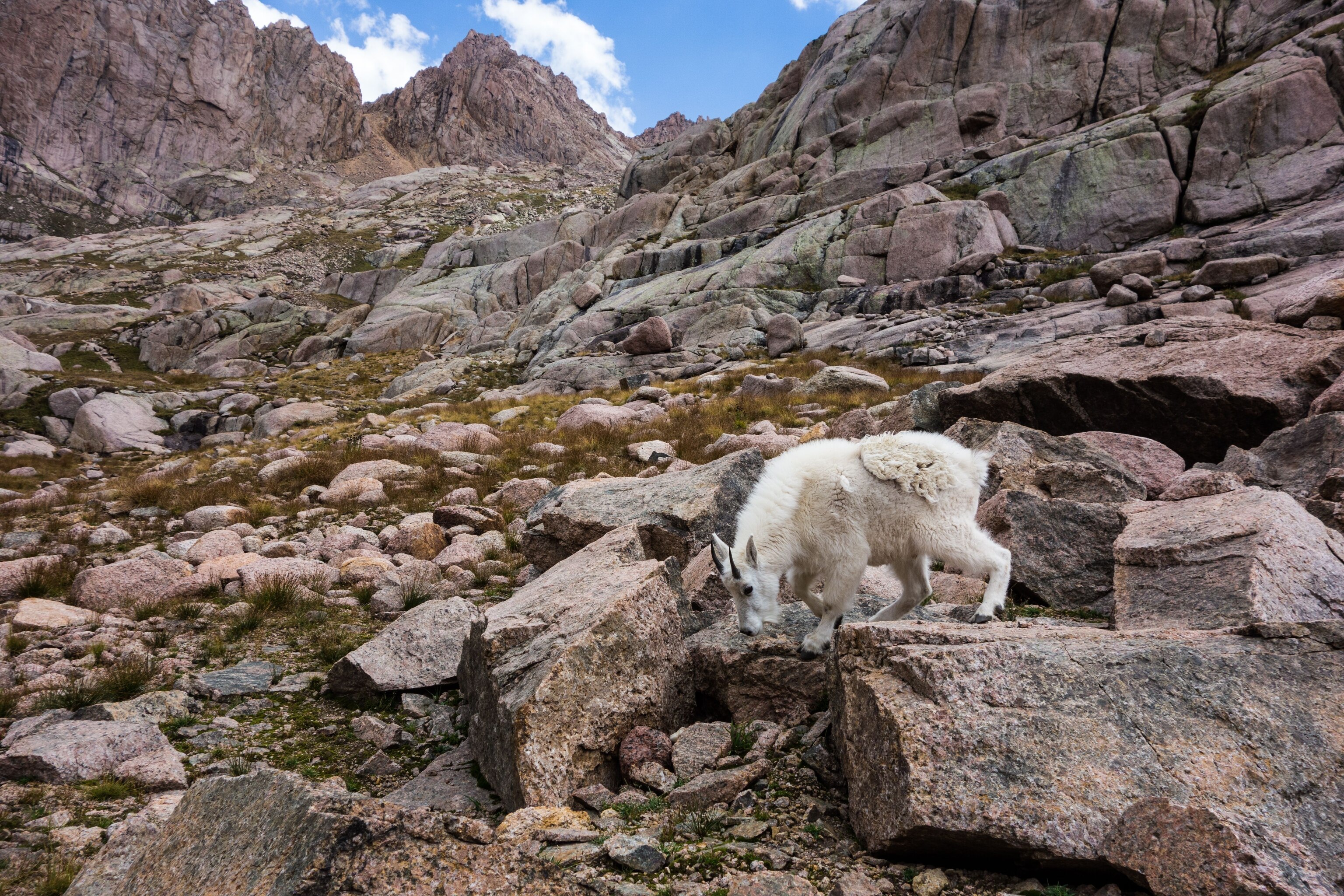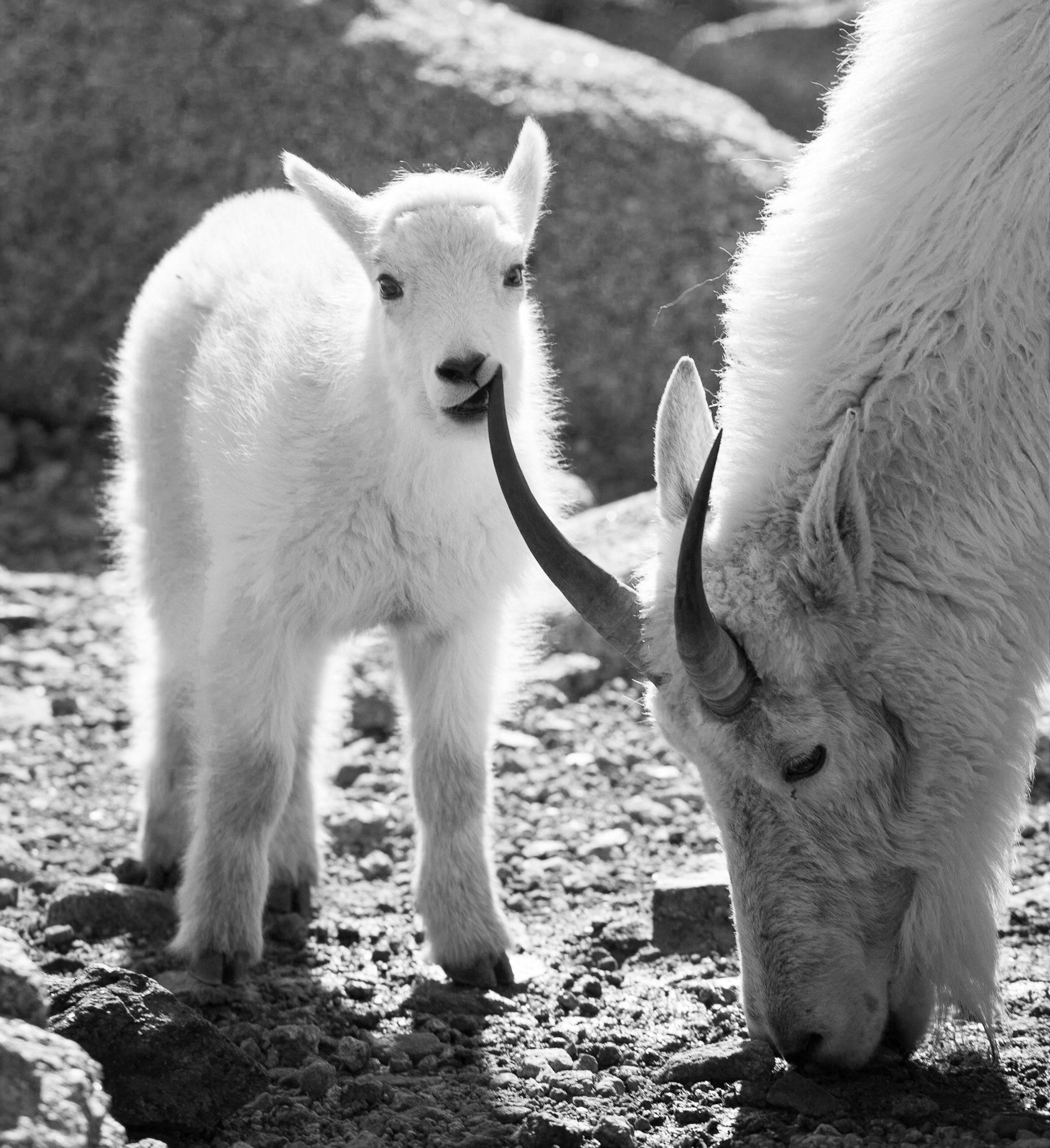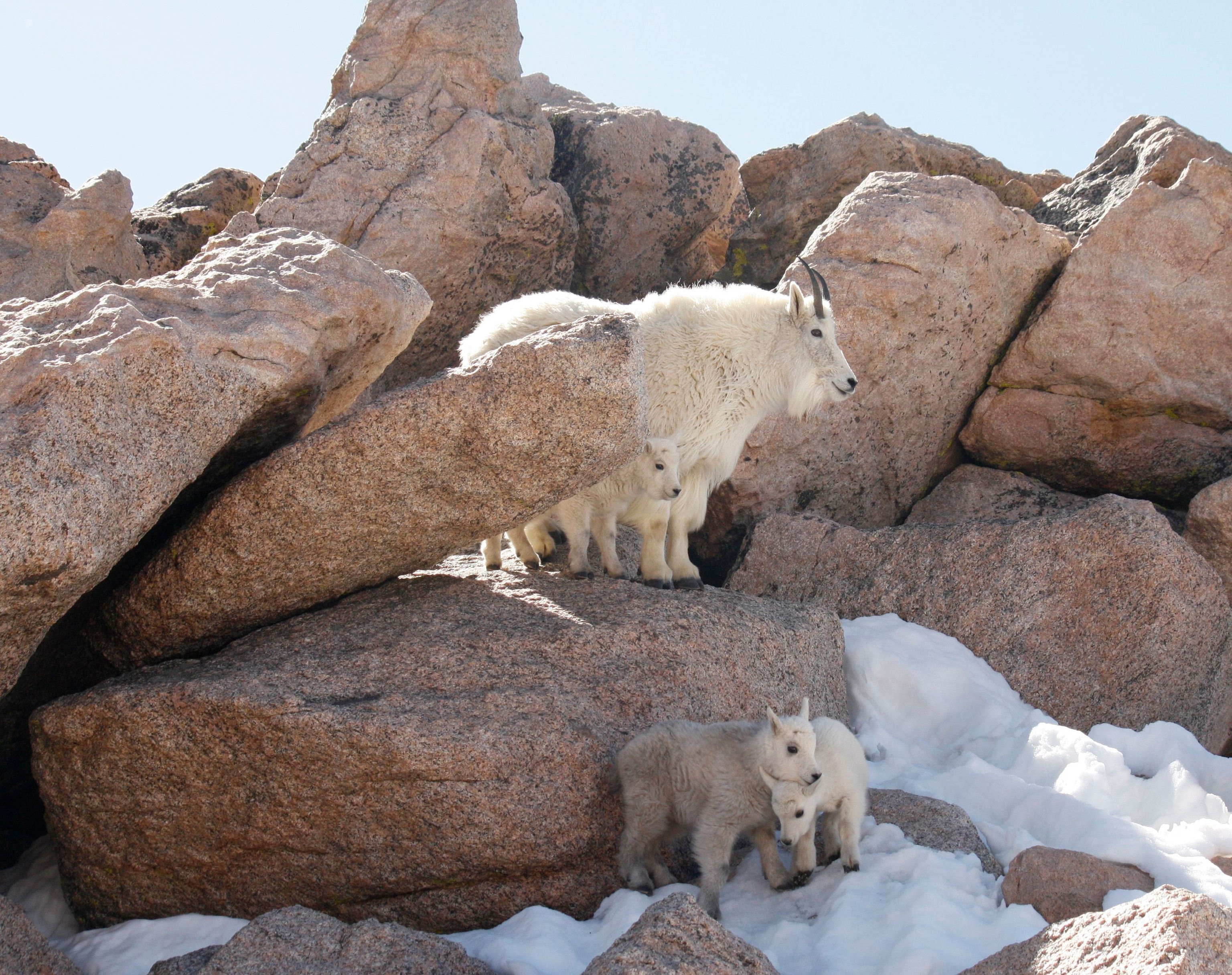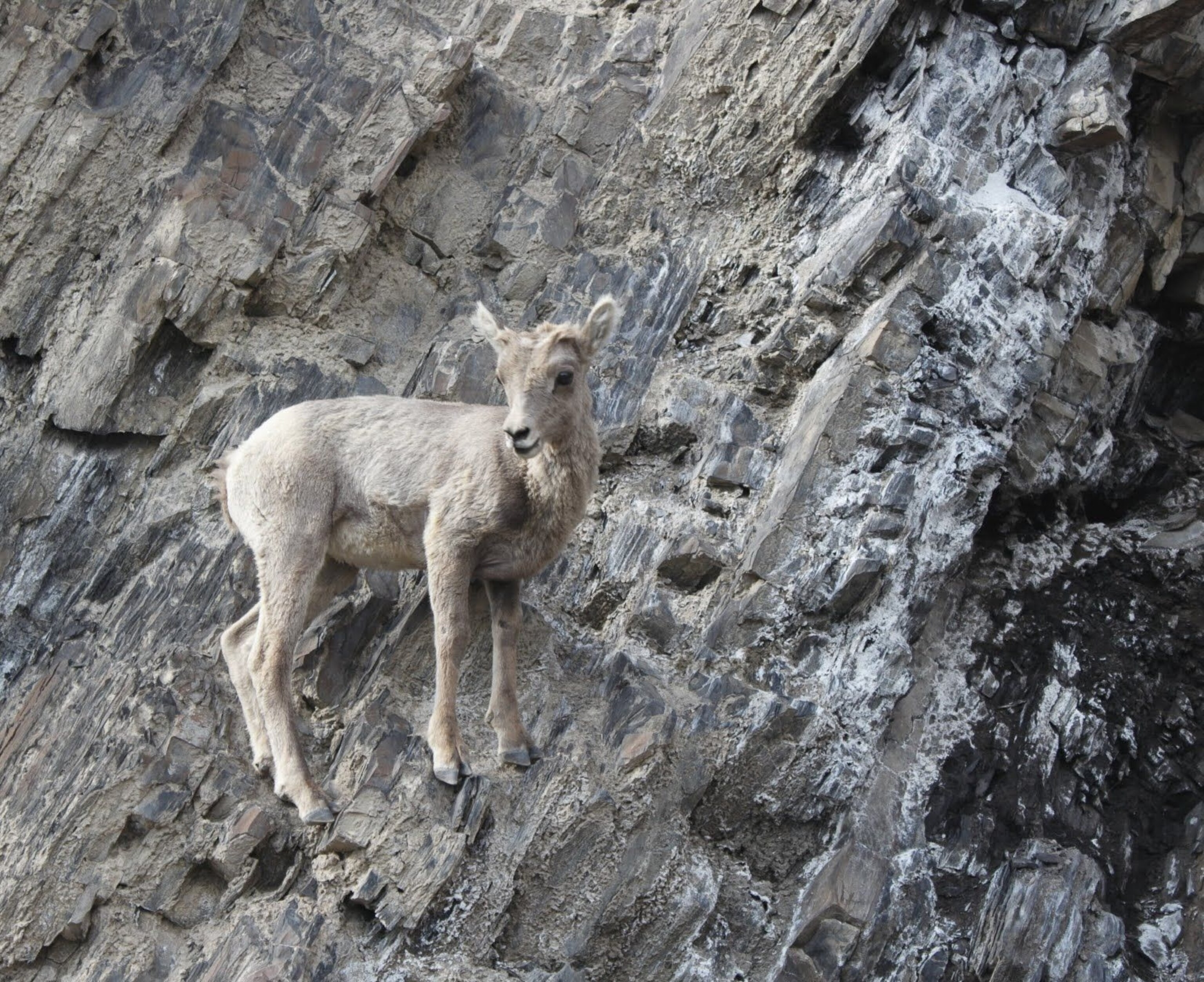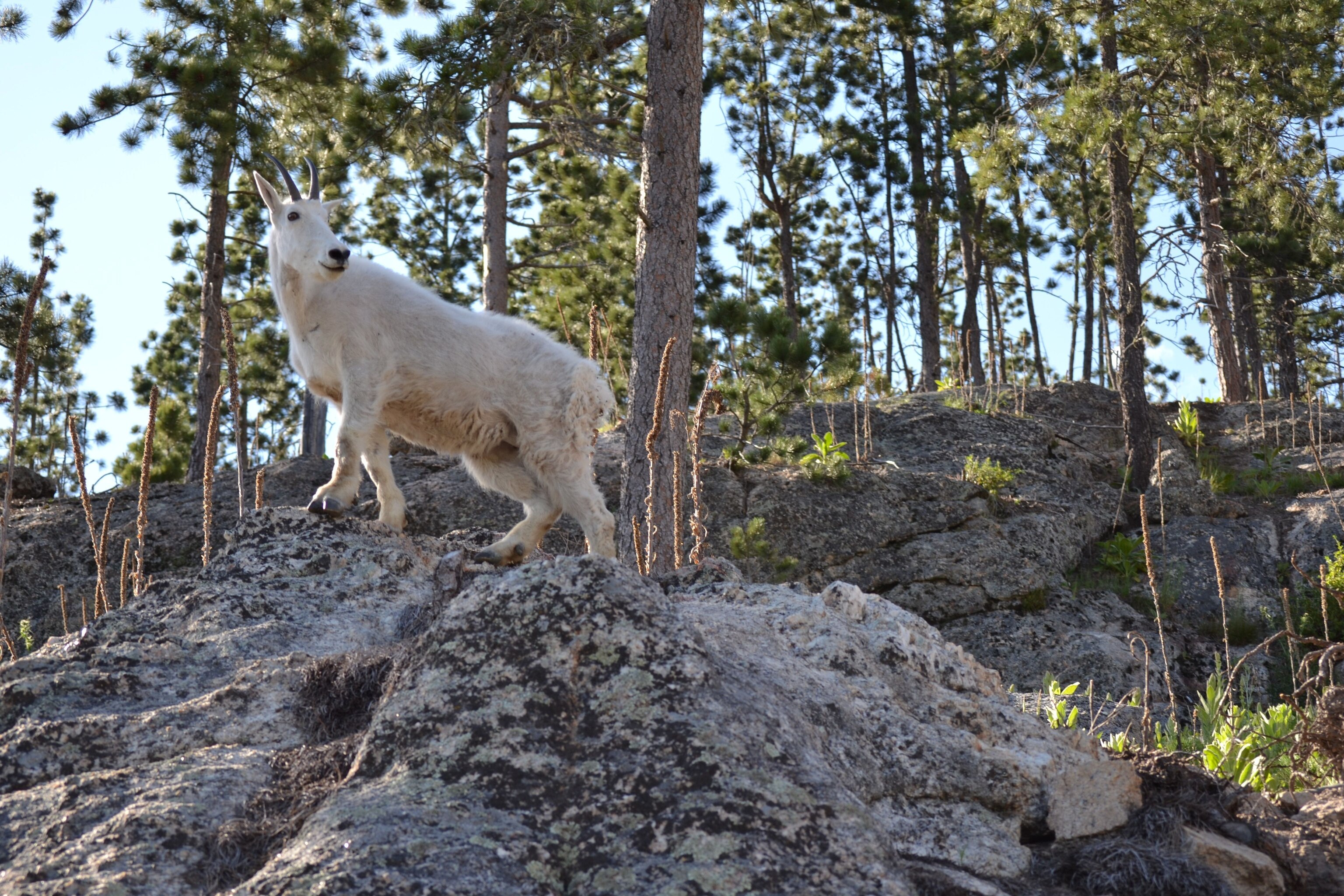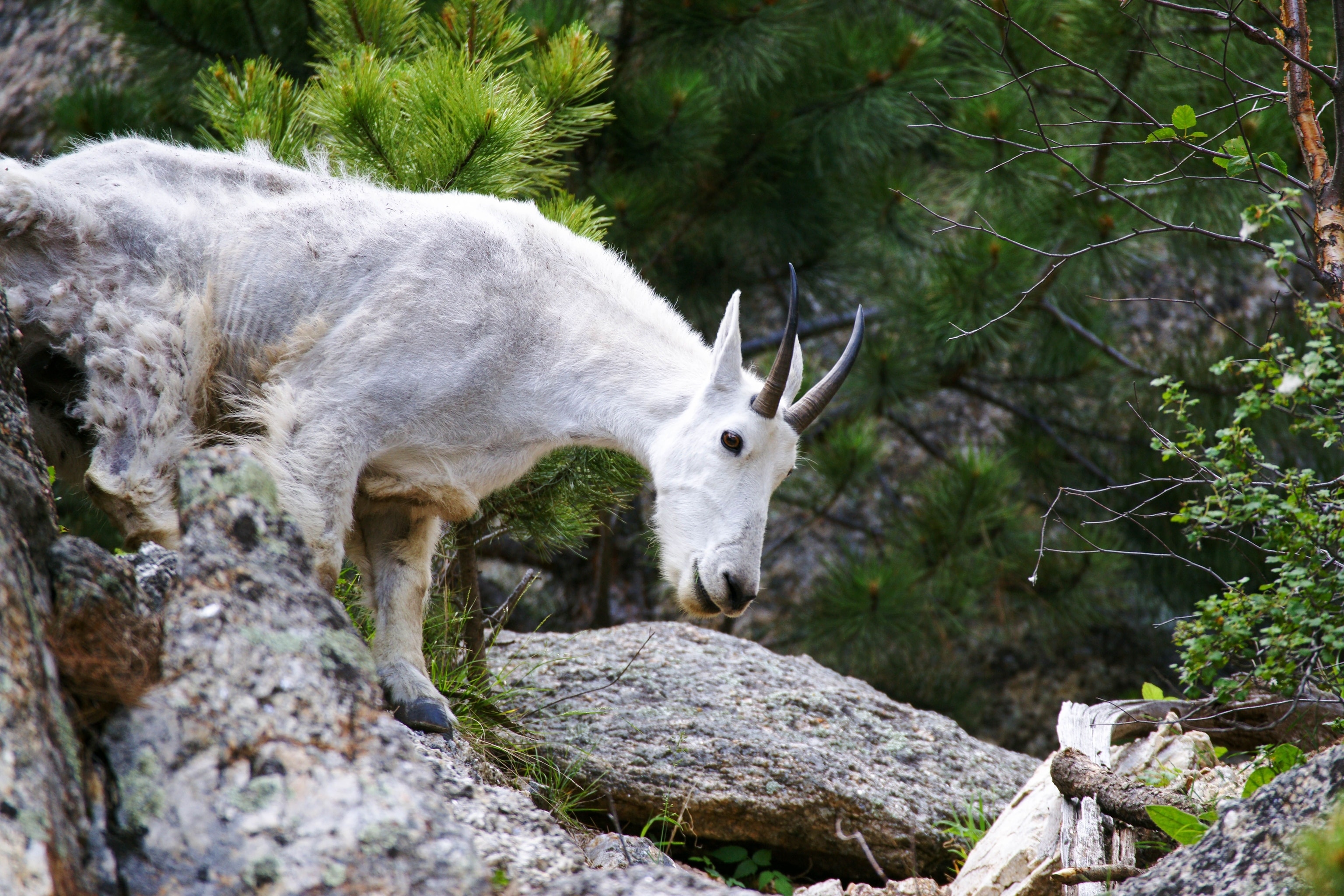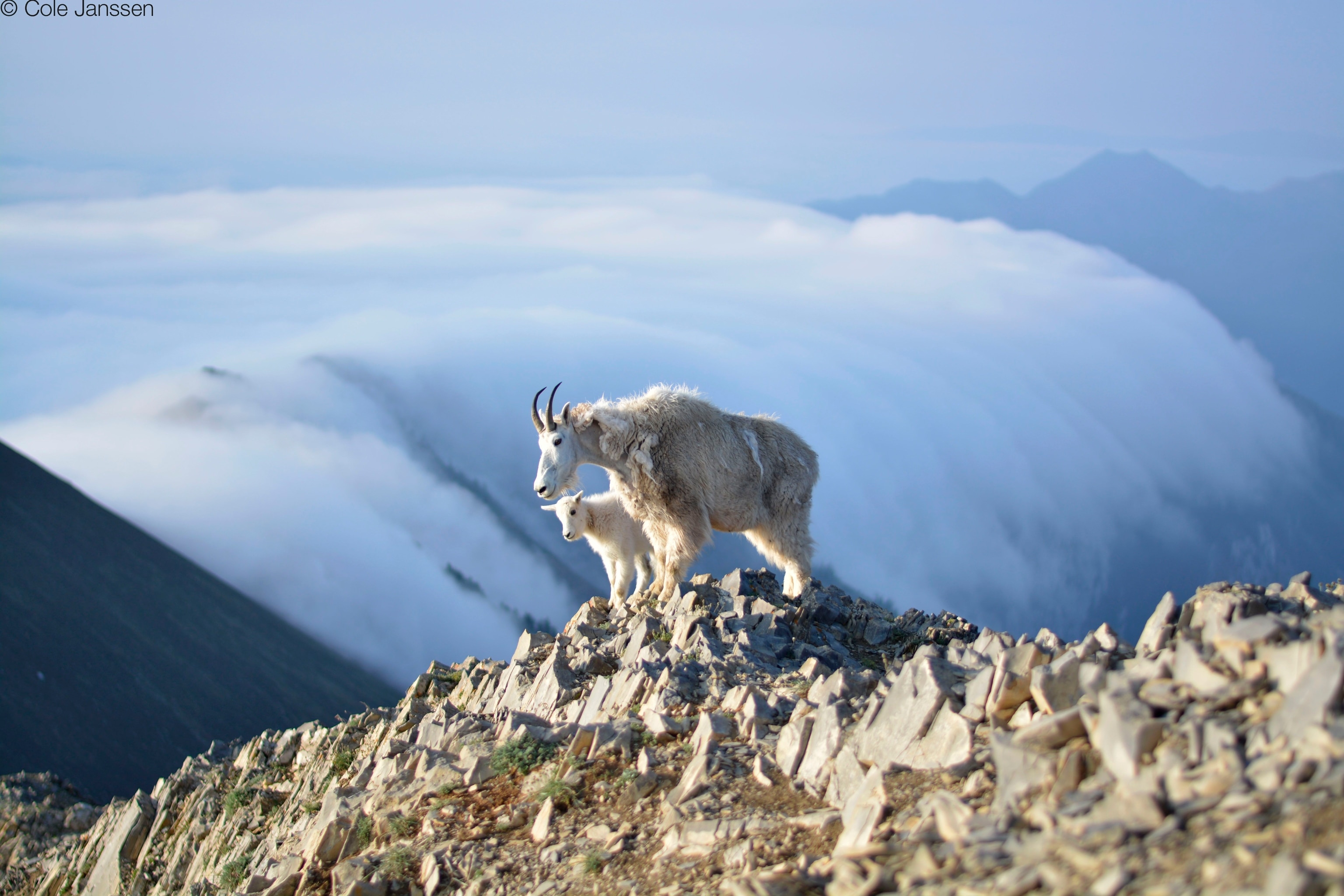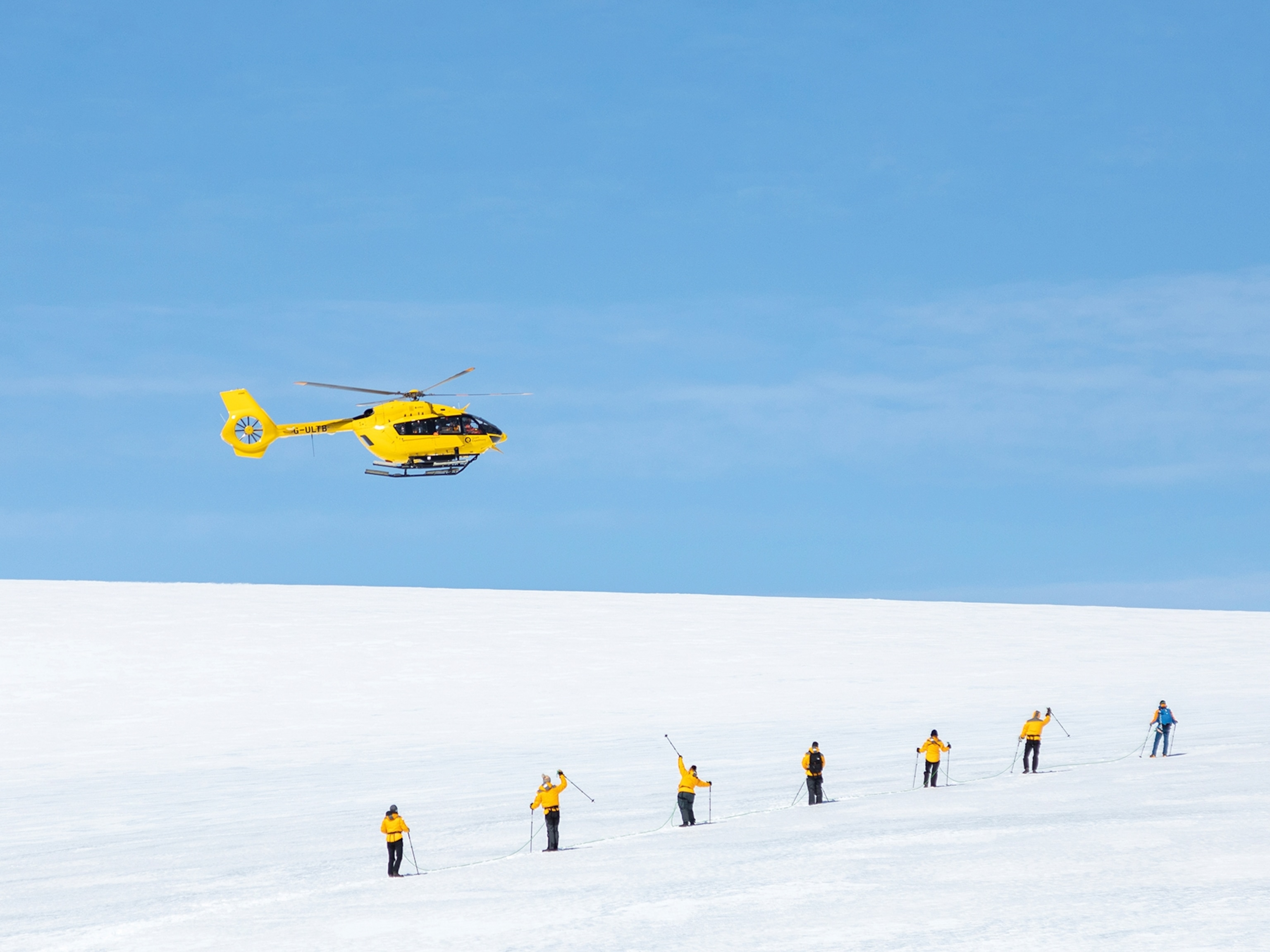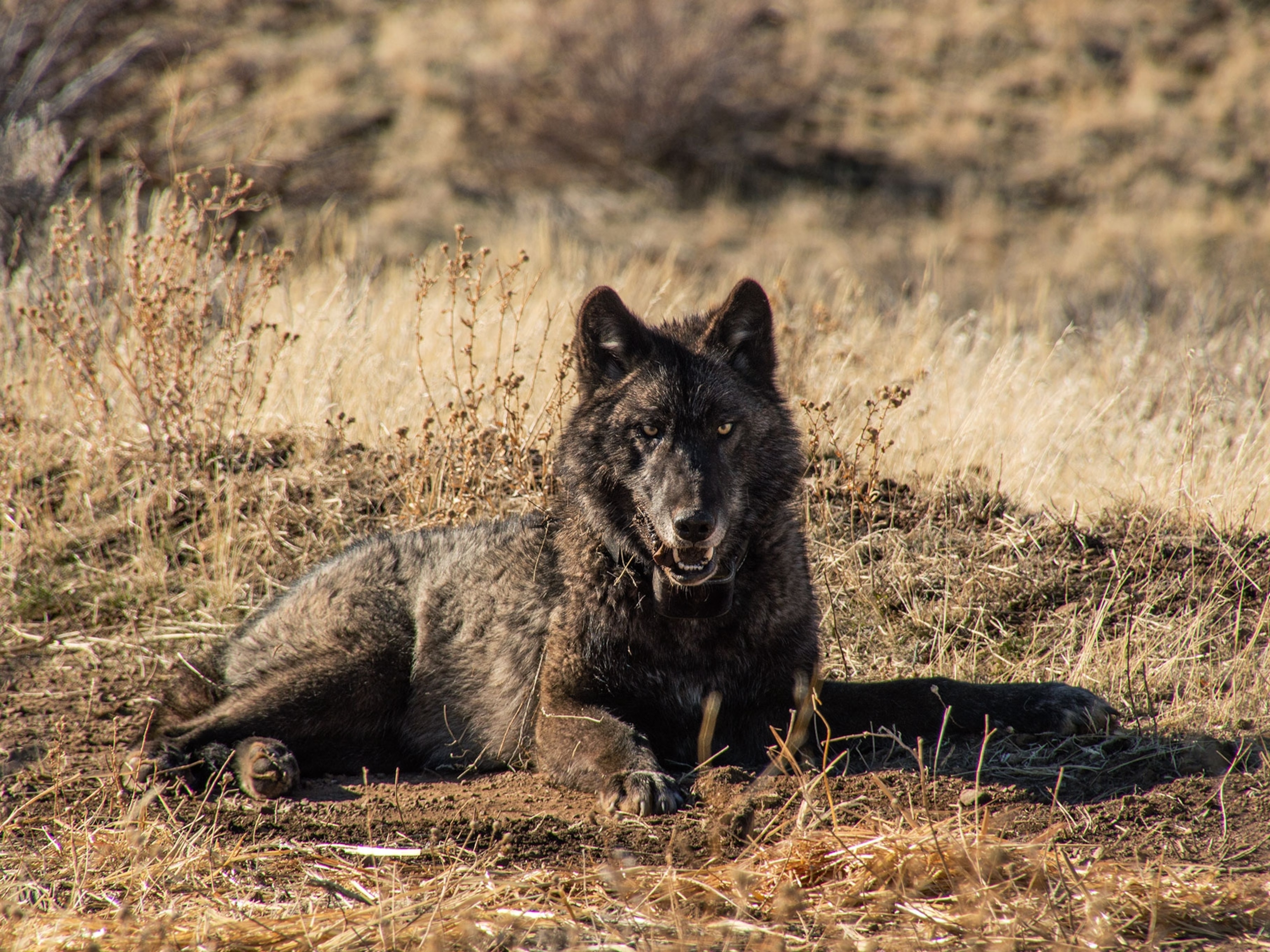These Mountain Goats Fly Through the Air—For Science
In Utah, wildlife officials helicopter the animals to new homes to boost populations.
As the saying goes, it sometimes rains cats and dogs. But high over the mountains of Utah, visitors may occasionally spot a flying mountain goat, dangling underneath a helicopter.
Since the species was introduced to the state in 1967, the Utah Division of Wildlife Resources has kept its scattered populations—about 2,000 statewide—genetically healthy and viable for sightseeing and hunting. (Also see "Bighorn Sheep Are Helicoptering Their Way Back From the Brink.")
Utah wildlife officials periodically replenish mountain goat numbers by relocating dozens of animals at a time from other populations at risk of overpopulation. In the video, experts transfer mountain goats—native to Alaska and Washington, among other North American locales—from northern Utah’s Willard Peak to southern Utah’s Mount Sutton, where the animals have been less successful.
More related to an antelope than a goat, the species has a knack for traversing harsh alpine terrain—making them enormously challenging to catch in the first place.
“It’s incredible where they can access,” says Kent Hersey of the Utah Division of Wildlife Resources, who manages the state's mountain goats.
“You see them on these cliffsides, and you wonder how the heck they can get there.”
Enter the helicopter.
Hoofing It
By flying over the vast, rocky landscape, wildlife professionals can safely capture mountain goats with pneumatic “net guns.” (Watch helicopters carry rare black rhinos to safety.)
The nets entangle the goats, allowing biologists to land nearby and then prepare the goats for flight. It’s a routine that Hersey and his colleagues have down to a science, for science.
The scientists first restrain the animals in snugly fitting bags and blindfold them, a method that calms the animals and eliminates the need for tranquilizers.
The mountain goats are then taken to a nearby staging area, where biologists examine them, take blood samples, and attach radio collars. The data gives the Utah Division of Wildlife Resources further information about the mountain goats’ health after their release.
Biologists then transport the animals from the staging area to their final destination. (Also see "Mountain Goats Are Shrinking—A Lot—Because of Global Warming.")
For this strategy to work, though, the officials have to take the mountain goats quite far from home—in the case of the video above, upward of 250 miles (400 kilometers).

